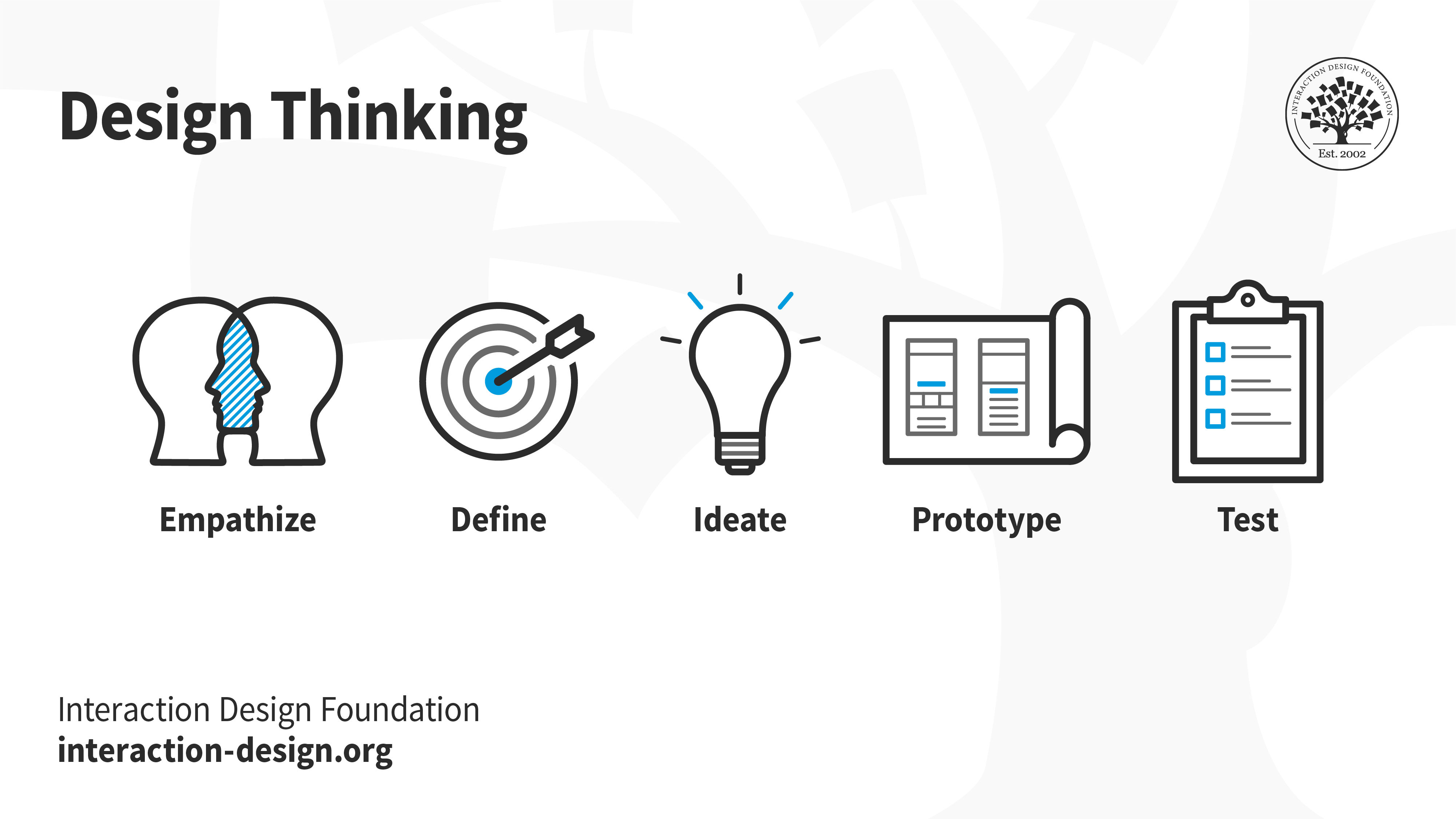Introduction:
In the fast-paced digital world, user experience design has become paramount to the success of any product or service. To create exceptional user experiences, designers need a structured approach that goes beyond aesthetics and functionality. Enter design thinking. This powerful methodology empowers designers to understand user needs, challenge assumptions, and craft innovative solutions. In this blog post, we'll explore how applying design thinking can revolutionize user experience design, fostering creativity and delivering meaningful experiences.
Empathize: Understanding the User
Design thinking begins with empathy. To create user-centric experiences, designers must immerse themselves in the users' world. This involves conducting user research, interviews, and observations to gain deep insights into their desires, pain points, and motivations. By understanding users on a human level, designers can uncover hidden needs and design products that truly resonate.
Define: Reframing the Problem
Once designers have a thorough understanding of users, they can begin defining the problem they aim to solve. This step involves synthesizing research findings and identifying patterns and themes. By reframing the problem, designers can address the root causes and uncover innovative opportunities for improvement. This requires challenging assumptions and thinking outside the box.
Ideate: Unleashing Creativity
Ideation is where creativity truly flourishes. Designers brainstorm and generate a wide range of ideas without judgment. This process encourages bold thinking and pushes boundaries. Techniques like mind mapping, sketching, and collaborative workshops help unlock fresh perspectives and foster a creative environment. The goal is to generate as many ideas as possible, even seemingly wild ones, as they may hold the seeds of groundbreaking solutions.
Prototype: Bringing Ideas to Life
Prototyping is about transforming ideas into tangible representations. Designers create low-fidelity prototypes that allow them to gather feedback early in the design process. These prototypes can take various forms, from paper sketches to interactive wireframes. By rapidly iterating and refining ideas, designers can explore different design directions, test assumptions, and validate solutions.
Test: Iterating for Excellence
Testing is a crucial step in the design thinking process. Designers gather user feedback on the prototypes and observe how users interact with the product. This valuable input helps identify areas for improvement and guides further iterations. Testing allows designers to refine the user experience, ensuring it aligns with users' needs and expectations.
Conclusion:
Design thinking is a powerful approach that breathes life into user experience design. By empathizing with users, reframing problems, unleashing creativity, prototyping, and testing, designers can create transformative experiences. This methodology encourages an iterative mindset, fostering continuous learning and improvement. Embracing design thinking empowers designers to challenge conventions, push boundaries, and craft meaningful experiences that resonate with users on a profound level. So, let's embrace this creative and professional approach to revolutionize user experience design and shape the future of digital innovation.
References:
1. Brown, T. (2008). Design Thinking. Harvard Business Review.
2. Liedtka, J., & Ogilvie, T. (2011). Designing for Growth: A Design Thinking Toolkit for Managers. Columbia University Press.
3. Kolko, J. (2015). Design Thinking Comes of Age. Harvard Business Review.
4. IDEO. (n.d.). Design Thinking for Educators Toolkit. Retrieved from https://www.designthinkingforeducators.com/

